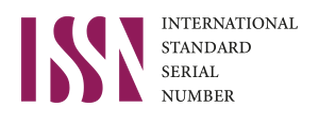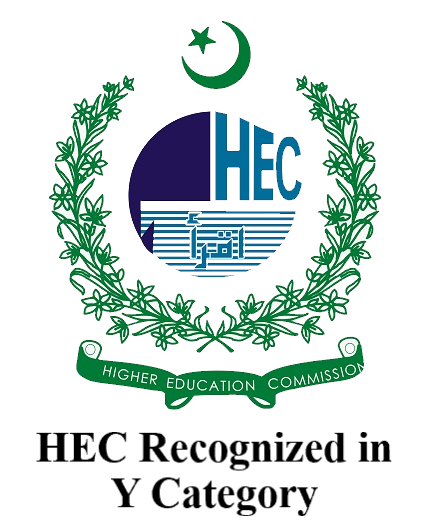Cross-Cultural Translation and Adaptation of the Newest Vital Sign Instrument for Urdu Speakers: Delphi Method
DOI:
https://doi.org/10.71016/hnjss/3yb7w034Keywords:
Health Literacy, The Newest Vital Sign, Delphi Method, Content Validity Ratio, Cognitive EvaluationAbstract
Aim of the Study: The current study's aim was to translate and adapt The Newest Vital Sign (NVS) instrument while maintaining professional standards.
Methodology: The Delphi method was used to translate the instrument, which was then followed by cognitive evaluation rounds of one-on-one interviews with members of the intended population, larger-scale data collection, and determining the instrument's reliability and validity.
Findings: Findings of this study showed that the translated version was significantly correlated with another already translated and established instrument of health literacy. Similarly, an expert panel helped create a content validity ratio at the professional level. The internal consistency was also measured and was at a satisfactory level.
Conclusion: It was concluded that the study suggests that the Newest Vital Sign-Urdu (NVS-Urdu) is a reliable, valid, and content rich measure of functional health literacy that can be used for Urdu speakers in research, clinical practice, and public health settings.
Downloads
Published
Issue
Section
License
Copyright (c) 2023 Dr. Muneeb Ahmed Toor, Dr. Bushra Bibi, Dr. Namra Shahzadi (Author)

This work is licensed under a Creative Commons Attribution-NonCommercial 4.0 International License.








